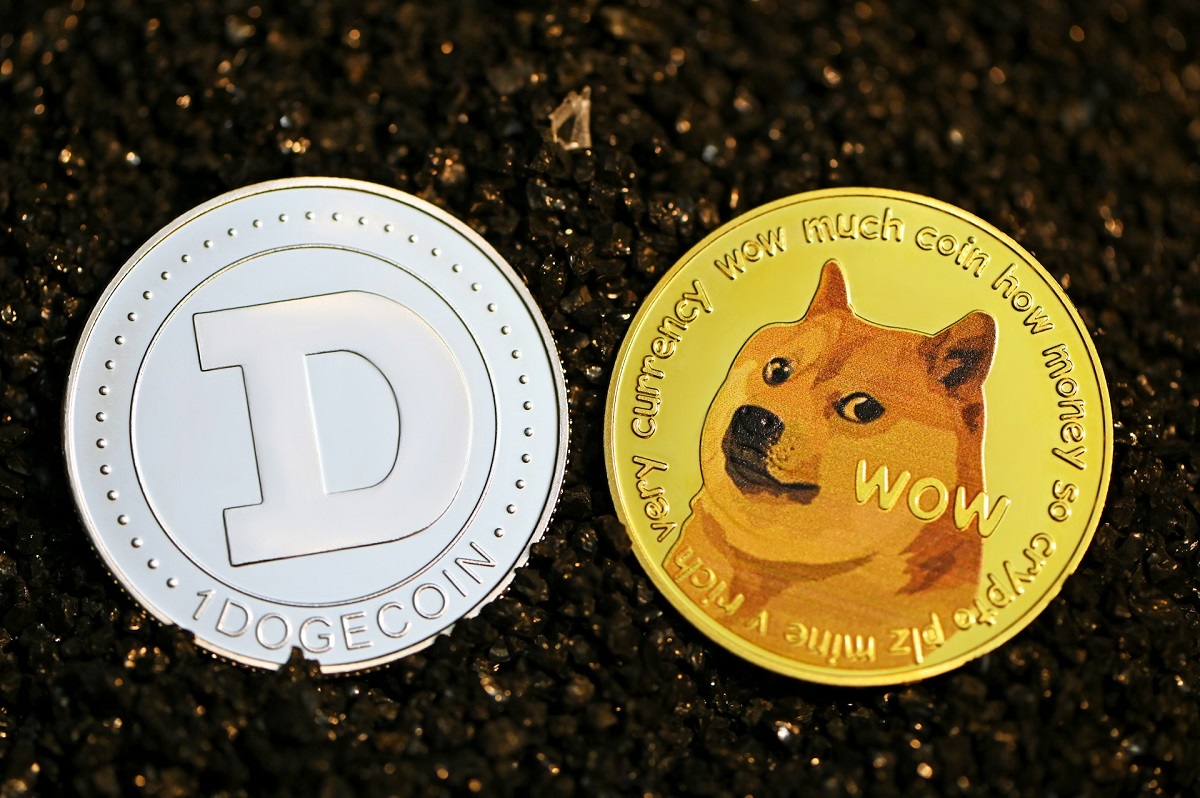
- Dogecoin has rebounded above $0.1650 and is showing bullish signs, but it faces strong resistance near $0.1720 and $0.180.
- If it fails to break higher, DOGE could decline toward support levels at $0.1620 or even $0.150.
Dogecoin (DOGE) has shown signs of life after bouncing from recent lows, but it still faces a critical resistance barrier at $0.180. Despite bullish attempts, the meme-inspired cryptocurrency struggles to gain enough strength to confirm a breakout.
Dogecoin Climbs But Meets Resistance
DOGE rallied from a low of $0.1565, mirroring gains seen in Bitcoin and Ethereum. The price surged past the $0.1600 and $0.1650 marks, breaking a key bearish trend line near $0.1640. This upward move pushed DOGE to a local high of $0.1726, signaling renewed buying pressure.
Currently, Dogecoin is trading above the $0.1650 zone and the 100-hourly simple moving average. These are positive technical signals, hinting that bulls still have some control. However, the price is struggling to hold above the $0.1720 resistance level, which has now become a key hurdle.

The next resistance lies at $0.1750, and a sustained move beyond it could open the door to $0.1800. If DOGE successfully clears that level, it may target $0.200 and possibly $0.2120 in the near future.
However, if the rally stalls, DOGE could begin another decline. Immediate support lies at $0.1650, with further levels at $0.1620 and $0.1560. A break below $0.1560 may send the price tumbling toward $0.150 or even $0.1450.
Technical Outlook
- MACD: Currently losing strength in the bullish zone, suggesting caution.
- RSI: Hovering above 50, showing a slight bullish bias but not strong enough for a clear breakout signal.
Dogecoin is caught between bullish hopes and bearish pressure. While a break above $0.180 could trigger strong upside, failure to breach $0.1720 may lead to another dip. Traders should watch these levels closely to gauge the next big move.
ALSO READ:Dogecoin Surges Above $0.16 After Bullish Double Bottom Formation
DISCLAIMER:
The views and opinions expressed herein are solely those of the author and do not necessarily reflect the views of the publisher. The publisher does not endorse or guarantee the accuracy of any information presented in this article. Readers are encouraged to conduct further research and consult additional sources before making any decisions based on the content provided.




